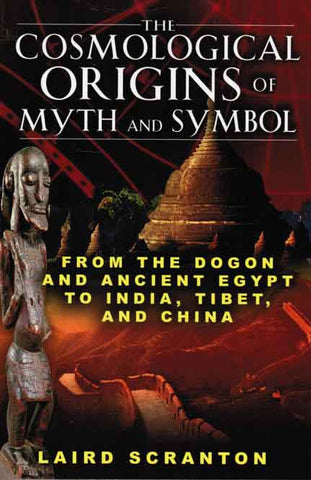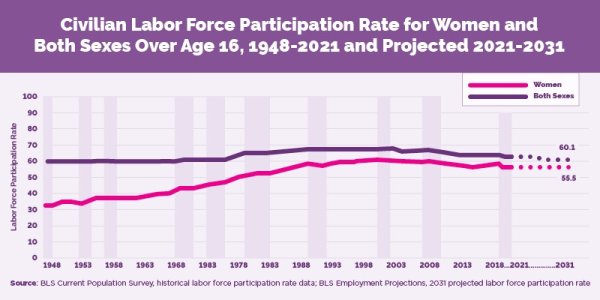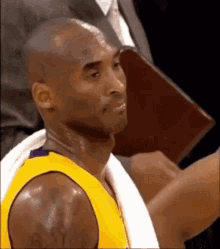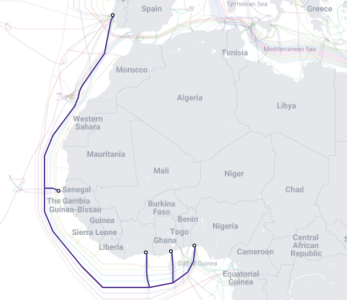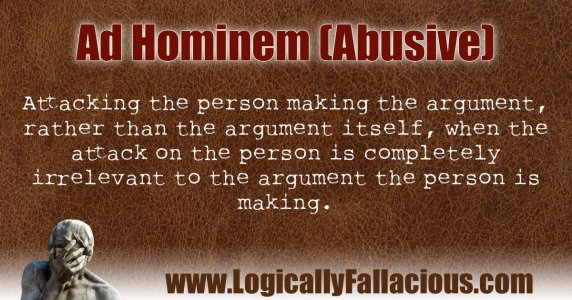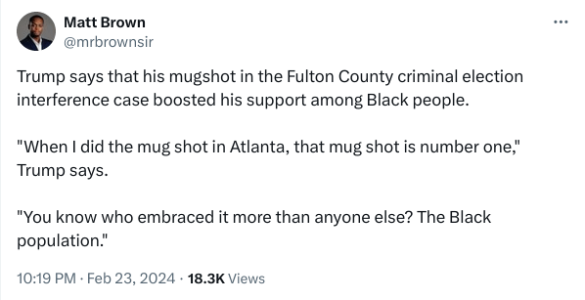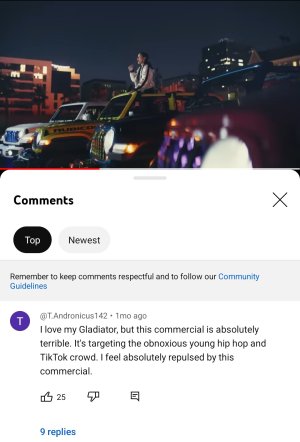- 11,274
- 5,450
- Joined
- Jul 27, 2013
No doubt... bout to go prep this wall im doing next week... and I'm going to catch up on some of it in a few hours.
 I hope I can catch it for free, that lesson's of hayti cost me 4 dolla's
I hope I can catch it for free, that lesson's of hayti cost me 4 dolla's





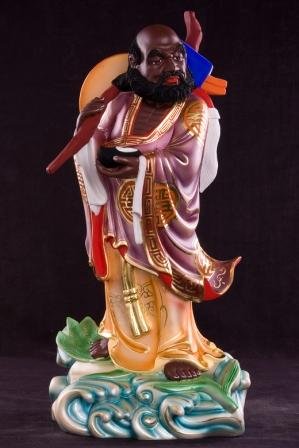





 For the sake of the thread don't entertain this clown Anton, as stated already anybody that's been on here knows what time it is. Refuse to let dude spam this joint into oblivion with his nonsense.
For the sake of the thread don't entertain this clown Anton, as stated already anybody that's been on here knows what time it is. Refuse to let dude spam this joint into oblivion with his nonsense.